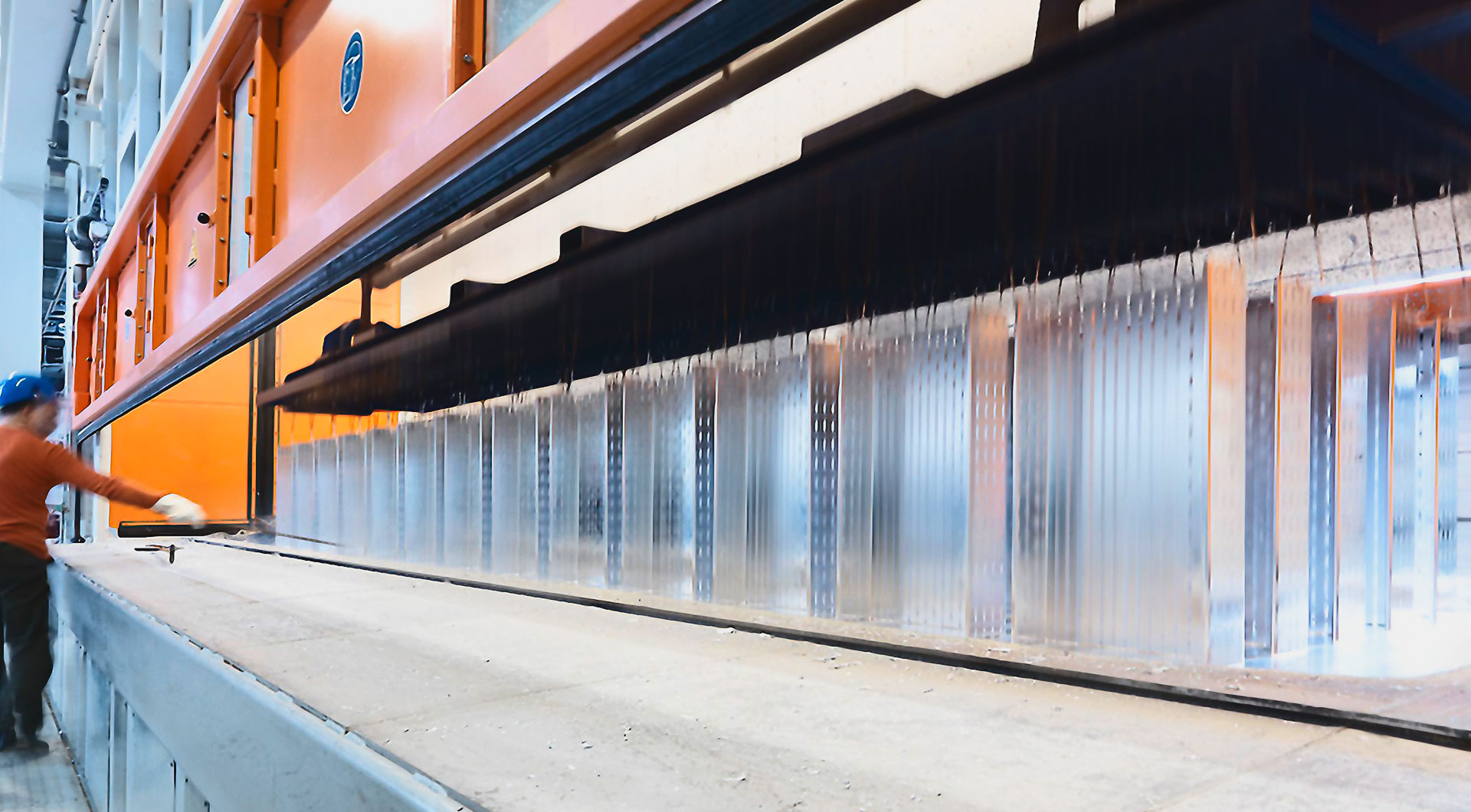The Coke Oven Improvement

The primary fuel for ironmaking is called coke. Coke fuel is specially prepared in a coke oven and is done by heating coal in an oxygen-free enclosure, which helps eliminate gases and oils. While the overall design of the coke oven has remained practically unchanged over time, there was a special improvement that helped improve its sustainability and reliability: The newly designed coke oven door plugs.
About the Coke Oven
Coke ovens are typically large and produce exorbitant amounts of coke during their lifetime. During manufacturing hours, coal is dropped through roof openings into the oven, which is burned away by temperatures of over 2400°F. The vents in the upper layer of the coke oven collect gases and oils, which leaves the coke lying at the bottom of the oven. This coke is pushed out from one end to the other while the coke oven door plugs are cleaned and prepared for the next process.
The Door Plug Challenge
It is important to clean and maintain the coke oven door in order for the oven to perform properly. When the doors do not create an airtight seal, dangerous gases from the burning coal can escape into the environment. Every time the door is opened, coke oven door plugs need to be cleaned, but over time the plugs develop cracks or may deteriorate, which adds more time and effort to the maintenance of the coke oven.
Providing a Better Plug
Creating a newer plug for the coke oven door which could be retrofitted over older door plugs greatly improved the maintenance time and costs for coke ovens. The new plugs are retrofitted with a metal sleeve, which is easier to clean and is better for heat insulation within the oven. Many foundries have adopted the practice of providing more practical door plugs with the modern metal sleeve, which has resulted in a more environmentally conscious and sustainable improvement to coke production.






